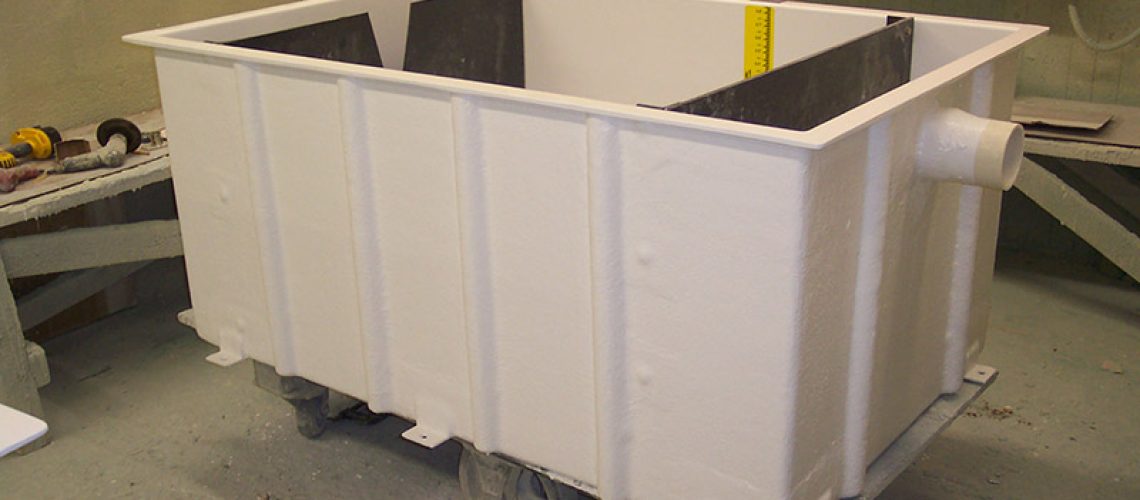When you’re looking to install a weir box in a flow channel for measurement purposes, there are quite a few considerations you’ll need to keep in mind. Among the most important is the kind of material you want to use for the weir plate. A thin-plate weir is the most important part of any weir box setup, so you’ll need to consider which material works best for the weir crest and measurement efforts. Here’s everything you need to know about choosing weir plate materials.
Plywood
Plywood is one of the cheapest options you can use for a weir plate, but this is both a positive and a negative. It’s cheap in the sense that it’s relatively affordable, but you’ll also find that plywood is cheap in terms of quality. Plywood is generally quite brittle and can split after being exposed to harsh weather and changing temperature conditions. Essentially, you never want to solely use plywood as a weir plate if you want quality results that will last.
Galvanized Steel
While galvanized steel is incredibly useful in many areas, weir plates aren’t one of them. Unfortunately, the protective coating on galvanized steel can wear down quite easily when it’s applied to a thin surface like a weir crest. Once that coating is gone, the only future awaiting the weir plate is rust, which will throw off your measurement efforts as it changes the dimensions of the weir plate.
Aluminum
Aluminum is generally fairly reliable as a weir plate. It can last quite a long time, and it’s fairly portable thanks to its lightweight nature. That makes development and installation simpler than with a lot of other materials. The nature of the material does make it a bit more costly, however, so be prepared to pay for that machine shop milling. Additionally, aluminum needs to be a bit thicker than stainless steel plates to provide the sufficient strength that a weir plate calls for.
Stainless Steel
Stainless steel plates are common among weirs in a variety of different applications. They can be crafted into heavy or lightweight sizes, and they are malleable enough to fit within most flow channel conditions. You may even be able to get stainless steel weir plates in a set to adjust for some anticipated flows. All in all, stainless steel is an adequate material to use if you’re looking for second best.
Fiberglass
If you want a top-of-the-line material for your weir plate, there’s nothing quite like fiberglass. One of the best aspects of fiberglass is its customizability. You can craft any shape and size for a fiberglass weir plate in a single, continuous piece. Plus, the long-lasting protective coating of fiberglass makes it work well for long-term flow measurement solutions.
Choosing Weir Plate Materials With Tracom
When it comes to choosing weir plate materials, Tracom is happy to help. We provide a wide variety of fiberglass weir box options that can be fitted to your unique flow channel conditions. Contact our team today to find the perfect weir box and weir plate for your flow measurement efforts.



